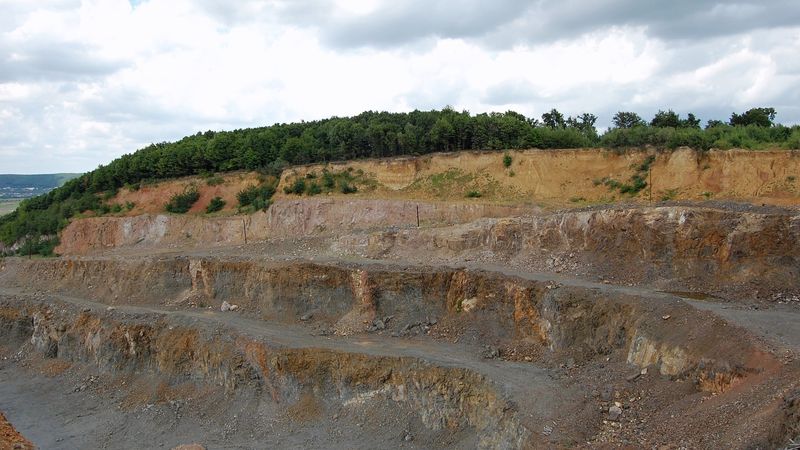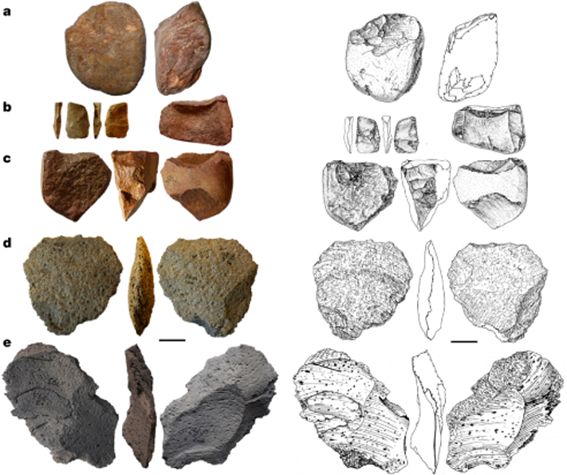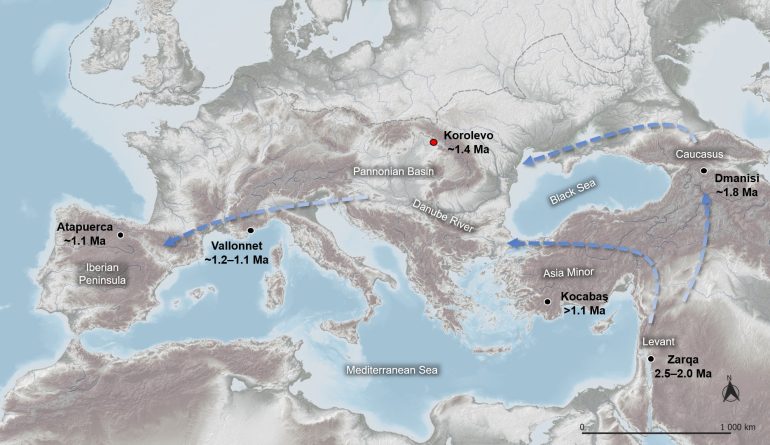The oldest known human settlement in Europe lies near the town of Korolevo, western Ukraine, as indicated by new research conducted by an international team including scientists from the Institute of Nuclear Physics of the Czech Academy of Sciences (AV CR). Until now, the earliest inhabited site was thought to be in current Spain.
The study, published on Wednesday in the journal Nature, suggests that the first humans colonised Europe from east to west. The discovery of Korolevo marks its 50th anniversary this year, but the precise dating of the samples has been made possible by the recent advance in mathematical modelling combined with applied nuclear physics.

Previous research has identified the first settlement of the European continent in Atapuerca, Spain, between 1.2 and 1.1 million years ago. But the current research has confirmed that the Ukrainian settlement existed 200,000 to 300,000 years earlier. The settlement at Korolevo, in the present-day Transcarpathian Ukraine near the borders with Hungary and Romania, is also notable as the northernmost known discovery of an upright human species called Homo erectus, the study said.
The published results change the view of the migration routes of the so-called first Europeans.
“Our earliest ancestor, Homo erectus, was the first to leave Africa around two million years ago and head for the Middle East, Asia and Europe. The radiometric dating of the first settlement at the Korolevo site not only fills a large spatial gap between Georgia and Spain with the oldest areas to date, but also confirms the hypothesis that the first wave of European settlement penetrated from east to west,” wrote the study’s main author Roman Garba, of the Institute of Nuclear Physics and the Institute of Archaeology of AV CR.
The Korolevo archaeological site is significant on a pan-European scale.
“We know that the layer of silty sphagnum and palaeopods here reaches a depth of up to 14 metres, and contains thousands of stone tools. Korolevo was an important source of raw material for their production,” said Vitaly Usyk, a Ukrainian archaeologist and co-author of the study, who participated in the excavations at Korolevo and now works at the AV CR Institute of Archaeology.
“Seven periods of occupation are represented at the particular site under study, although at least nine different Palaeolithic cultures have been recorded at the site: people lived here from the earliest ages until 30,000 years ago,” he added.
The archaeologists and anthropologists were able to confirm their hypotheses with the knowledge and technological capabilities of nuclear physics and geophysical sciences. Samples of stone boulders from the Korolevo site were chemically processed and measured by scientists from the Czech Republic and Germany at the Helmholtz Center’s research institute. Then, using new dating calculations, scientists from the AV CR Institute of Geophysics determined the age of the samples.

The Korolevo archaeological site is unique in its record of waves of settlement over the past 1.4 million years.
“Such a site would deserve to be inscribed on the World Heritage List, and we would like to start negotiations and work on the necessary documentation, including a plan for its protection. It is located in the area of a quarry with active andesite mining,” Garba said.
The Korolevo archaeological site is located about 150 kilometres from Kosice in eastern Slovakia. Between 1920 and 1938 it was part of the former Czechoslovakia and the site was called Kralovo nad Tisou. The first discoveries of settlements from the earlier Stone Age (Palaeolithic) in Transcarpathian Ukraine were made by the Czechoslovak archaeologist Jozef Skutil.
The current research was carried out under a contract between the AV CR Institute of Nuclear Physics and the Institute of Archaeology of the Ukrainian National Academy of Sciences signed in 2021. The project was supported by the European Commission, the Ministry of Education, the Czech Science Foundation and the Grant Agency of Charles University.








